2023 CCNow Award Winners by Category
Winners were recognized in 15 media categories as well as Emerging Journalists of the Year and Student Journalists of the Year.
JUMP TO CATEGORY
- Audio – Long-Form
- Audio – Radio/Podcast
- Audio – Short-Form
- Video – Documentary
- Video – Long-Form
- Video – Short-Form
- Writing – Commentary
- Writing – Long-Form
- Writing – Short-Form
- Writing – Newsletter
- Writing – Special Recognition
- Photography
- Multimedia
- Engagement
- Emerging Journalists of the Year
- Student Journalists of the Year
Learn more about the other 2023 Covering Climate Now Journalism Award winners.
Audio – Long-Form

In Rural Ohio, the Energy Transition Runs Into a Ditch
ABC Audio/Start Here in partnership with Inside Climate News
Tracy Wholf, Dan Gearino, Jen Newman, and Vika Aronson
ABC’s Tracy Wholf, Ohio born and bred, teamed up with Dan Gearino, an Ohio-based reporter for Inside Climate News, to explore the community drama that emerged among neighbors when growing corn was replaced with harvesting solar energy on a farm that has been in the same family for generations. As industrial solar farms proliferate to counter climate change, they threaten to tarnish rural landscapes, provoking strong emotions. With a chatty interview style that makes the storytelling engaging, this story illuminates the social challenges posed by the transition from fossil fuels to green energy.
Audio – Radio/Podcast

Who’s Gonna Save Us?
Australian Broadcasting Corporation, with Triple j Hack and ABC Science
Jo Lauder, Ellie Grounds, Cheyne Anderson, Joel Werner, Clare Blumer, Hamish Camilleri
This engaging podcast tells the story of people who are standing up for their convictions and pushing back against organizations and companies acting with disregard for the climate crisis. The production draws the listener in with moments of high drama, like an Aboriginal woman boldly approaching an energy executive at a company board meeting to present “cease and desist” papers for trespassing on her people’s land, followed by a discussion about how Australians are using the law to stop climate change. The podcast also includes relatable stories of Australians so affected by that country’s “black summer” that they felt compelled to make waves at work to change the status quo. Highlighting how everyone can take action, the podcast speaks to audiences in a way that sounds like an everyday conversation.
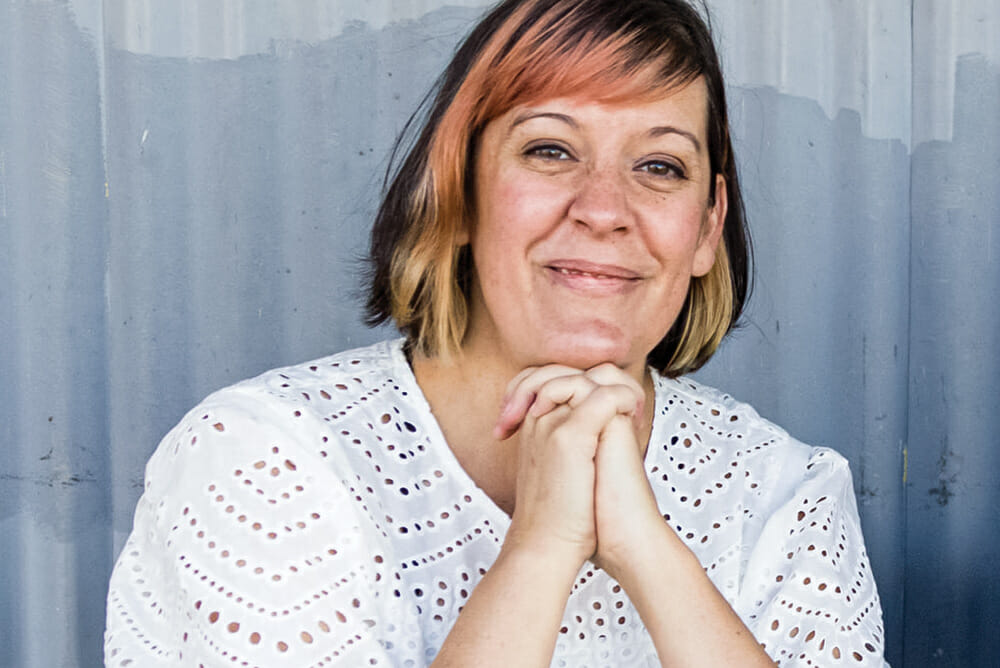
Damages S1: The Forest for the Trees
Damages Podcast
The thought-provoking legal concept of “rights of nature” has been under-explored in the US, but has taken root worldwide. This gripping podcast unfolds like a TV legal drama as it follows hundreds of climate lawsuits, including attempts by local and tribal governments in American courtrooms. The theory posits that if corporations can have the same rights as individuals, why can’t nature? Bringing what could be a ponderous legal topic to life, Amy Westervelt does a masterful job of introducing listeners to people and perspectives rarely given airtime in the US. Holding power to account, she centers communities that have been disproportionately affected by the climate crisis and explores legal and policy solutions to mitigate climate change.
Audio – Short-Form

A Pakistani Family Sees Firsthand the Effects of Climate Change, as Negotiators at COP27 Battle Over How to Pay for Them
As the question of whether rich countries would pay for climate-driven “loss and damage” in poorer countries was shaping up to be a key issue at COP27, Carolyn Beeler traveled to Pakistan to explore that issue on the ground. When unprecedented downpours put one-third of Pakistan underwater, Abdul Ghani and his family watched as their house was washed away. Ghani, his wife, and their three children spent the next two weeks on the roof of a local school, with no shelter, until the water subsided. Beeler’s carefully chosen audio and powerful narrative gave listeners vital human context to understand a contentious policy issue that made headlines at COP27.
Video – Documentary
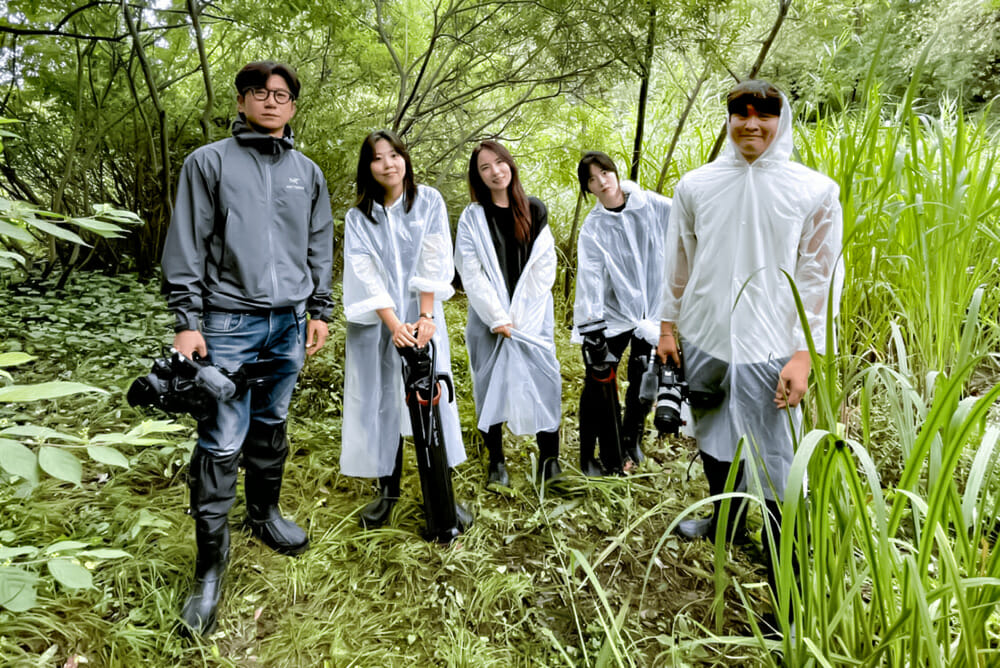
Dystopia of Seoul
TBS TV Seoul
Sung Myung Joo, Kang Mi Na, Ahn Seo Hee, Kim Hak Jae, Kim Jae Ho, and Kim Dong Chan
Filmmaker Sung Myung Joo produced this captivating documentary about a Korean adaptation of “The [uncertain] Four Seasons,” a musical climate project launched by global advertising agency AKQA in 2021 that engaged orchestras worldwide. This dark revision of Vivaldi’s masterpiece imagines the four seasons in Korea in 2050 after climate change has worsened. Tapping into powerful emotions by talking about the climate crisis through music, the documentary weaves together interviews with the musicians about this music’s ominous message, footage of a rapidly-degrading Seoul, and scientists’ explainers of climate change. Viewers see representations of nature disappear as temperatures rise, with beloved local birds unable to tolerate the heat.
Video – Long-Form

Lutzerath: Why Germany Is Destroying Villages for Coal
While most Germans diligently recycle and were among the first to oppose nuclear energy, Germany continues to mine and burn brown coal, which provides one-third of the country’s electricity. In 2022, the village of Lützerath became the hotbed of a fight between the government and an energy company on one hand, and villagers and climate activists on the other. Activists constructed a semi-permanent camp of tree houses high in the forest to resist plans to level the village to mine the coal beneath it. Integrating footage of Germany’s coal-mining history with video of today’s landscape dotted with bulldozers, this program showcases how economic interests still outweigh the negative impacts of coal mining, even in a country whose government is headed by social democratic and green parties.
Video – Short-Form

Forecasting our Future
Part 1, Part 2, Part 3, Part 4, Part 5, Part 6, and Part 7
Hearst Television and Hearst Newspapers
Mark Albert, Tamika Cody, April Chunko, Greg Compton, David Hurlburt
This massive undertaking began with a 50-state US survey to compile contacts in every county and city who could identify the greatest regional risks to individuals, families, and communities and share innovative climate mitigation projects underway in their region. That research was the foundation for an accessible and compelling seven-part series led by chief national investigative correspondent Mark Albert. The series aired on local news programs — introduced by trusted local anchors — across the Hearst network. Albert’s reporting explicitly links local extreme weather to climate change as it identifies which counties are — and are not — taking steps to protect against climate consequences. According to Albert, the goal of the coverage was to show that a changing climate is not just divisive for politics, but a collective problem that needs a holistic approach and solutions.
Writing – Commentary
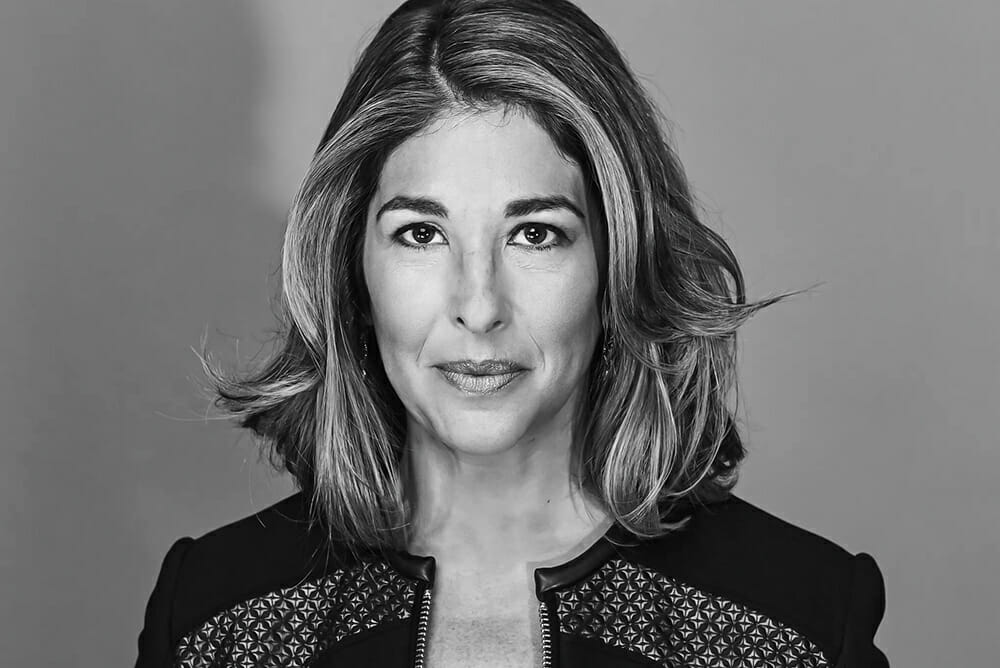
Toxic Nostalgia, From Putin to Trump to the Trucker Convoys and From Blah, Blah, Blah to Blood, Blood, Blood
Naomi Klein’s reputation precedes her in climate circles, where she is a giant in the field. Our judges were impressed by Klein’s ability to weave deceivingly disparate narratives into a compelling and convincing whole. A month into Russia’s war in Ukraine, Klein linked the motives driving Russian president Vladimir Putin to those driving far-right politics in the US and asked if we will take the opportunity of this seminal moment to finally break away from fossil fuels. And in the leadup to Egypt’s COP27, she exposed the hypocrisies and greenwashing that are subsuming the world’s largest climate conference, through the dire story of one political prisoner, Alaa Abd El Fattah. Throughout both pieces, one message is urgent and direct: Humanity is capable of change, and we have a duty to act.
Writing – Long-Form
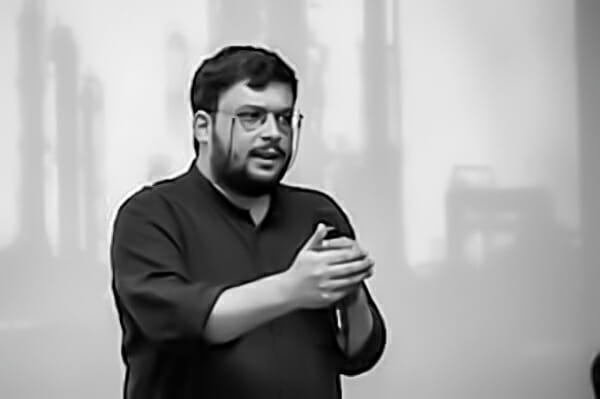
India’s Ghost Plantations in Which Millions of Rupees Have Been Sunk
Worldwide, nations’ climate commitments often hinge on massive projects designed to remove carbon from the atmosphere. But do the projects measure up to promises? For Scroll.in, Ishan Kukreti demonstrates the risk that many will turn out to be all smoke and mirrors. Combining painstaking data analysis, freedom of information requests, and on-the-ground reporting, Kukreti shows that many plantations supposedly participating in an Indian government afforestation program simply don’t exist — and that others fall far short of the breadth described in government documents. The discrepancies represent both an enormous waste of public money and a failure by India to fulfill global responsibilities on climate. Our judges were wowed by the scale of Kukreti’s investigation — a single journalist effectively conducting government-level oversight — and called this story “one that should make policy makers worldwide take notice.”
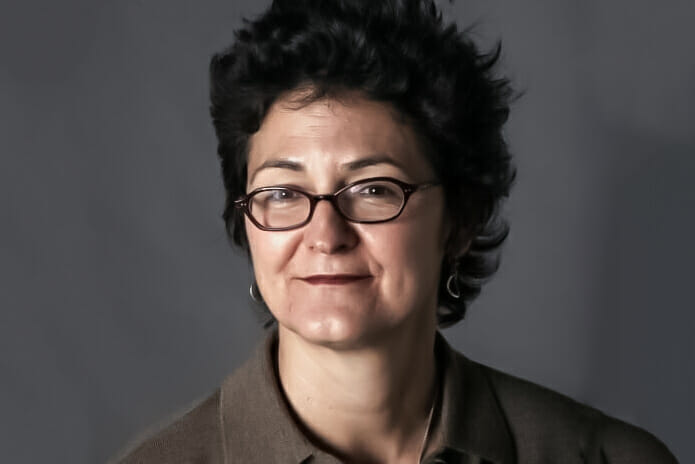
Trial by Fire: The Trauma of Fighting California’s Wildfires
First responders are on the frontlines of climate disasters, but we so rarely hear their stories — certainly not through the lens of mental health that this four-part series uses to devastating effect. Indeed, the increasingly frequent task of responding to California’s megafires has resulted in a full-blown mental health crisis among firefighters, as reporter Julie Cart illuminates here with great sensitivity. But Cart doesn’t stop at the crews’ wrenching stories; she dives into the institutional factors exacerbating this crisis, factors that government agencies have been tragically slow to address. And these stories hit their mark: Responding to Cart’s work, the Cal Fire director pledged to make mental health his highest priority.
Writing – Short-Form

“When it Rains,” a collaborative series including The Mississippi River Basin Is Getting Wetter as Climate Change Brings Era of Extreme Rain, Floods and To Stay or to Go: Increased Flooding Forces Towns to Make Hard Choice
Mississippi River Basin Ag & Water Desk and Harvest Public Media
Bryce Gray, Connor Giffin, Madeline Heim, Juanpablo Ramirez-Franco, Keely Brewer, and Eva Tesfaye
Warmer air holds more moisture, and as climate change drives warmer temperatures, swaths of the Mississippi River basin are getting wetter, with already devastating consequences for communities. This special series — the first of its kind by a new journalism collaboration named Mississippi River Basin Ag & Water Desk, which banded together local reporters from eight states — explores the diverse and widespread impacts of the ensuing deluge, on economies, infrastructure, agriculture, and more. Judges were impressed by the collaboration’s initiative — journalists worked with data experts at Climate Central to analyze 50 years of rainfall patterns — and they applauded these pieces for going beyond the headlines to humanize an urgent story that threatens to grow worse.

Africa’s First Heat Officer Faces a Daunting Task and Can Liberia’s Capital Keep the Sea Out Without Hurting the Coastal Economy?
Two vivid stories, from Sierra Leone and Liberia, illustrate the challenges of protecting vulnerable communities from quickly mounting climate threats. In Freetown, a newly appointed “heat officer,” Africa’s first, endeavors to help her city cope with spiking temperatures without hampering access to the sea, on which countless livelihoods depend. Peter Yeung’s stories are well reported, feature sharp writing, and offer compelling looks at the solutions for these communities. Putting it simply, our judges said they “have it all.”
Writing – Newsletter

Boiling Point
Reporting from California and across the American West, Sammy Roth is telling the climate story from every angle with verve and rigor. In his weekly Boiling Point newsletter, he takes up stories from the political and bureaucratic — the posturing of electric and gas utility providers, for example — to the natural and wild — the uncertain fate of America’s buffalo herds. Writing in the first person, Roth gives readers a window into his reporting process and makes complex subjects accessible. For readers with climate anxiety, Boiling Point never misses the solutions angle. Roth imbues his stories with empathy, especially stories about the people on the frontlines of the climate emergency. A curated selection of West Coast climate and energy news, both from the LA Times and other outlets, rounds out this exceptional product.
Writing – Special Recognition

Rebuild | Reburn
Part 2, Part 3, and Part 4
Erika D. Smith and Anita Chabria
With several California towns leveled by megafires in recent years, this series of commentaries by two Los Angeles Times columnists asked a bold, uncomfortable question: With climate change making such fires more likely, is the enormous expense of rebuilding leveled towns worth it? Government leaders wouldn’t touch the question, so Erika D. Smith and Anita Chabria embarked on their own investigation. The result is a sweeping, deeply human, unflinching series that our judges said pushed forward their own perception of what news commentary can be and achieve. Smith and Chabria’s four-part investigative report takes stock of the California fires story so far and advances it by miles, combining reporting, exhaustive research, and rigorous data analysis. They arrive at conclusions that are as challenging as they are compelling.
Photography
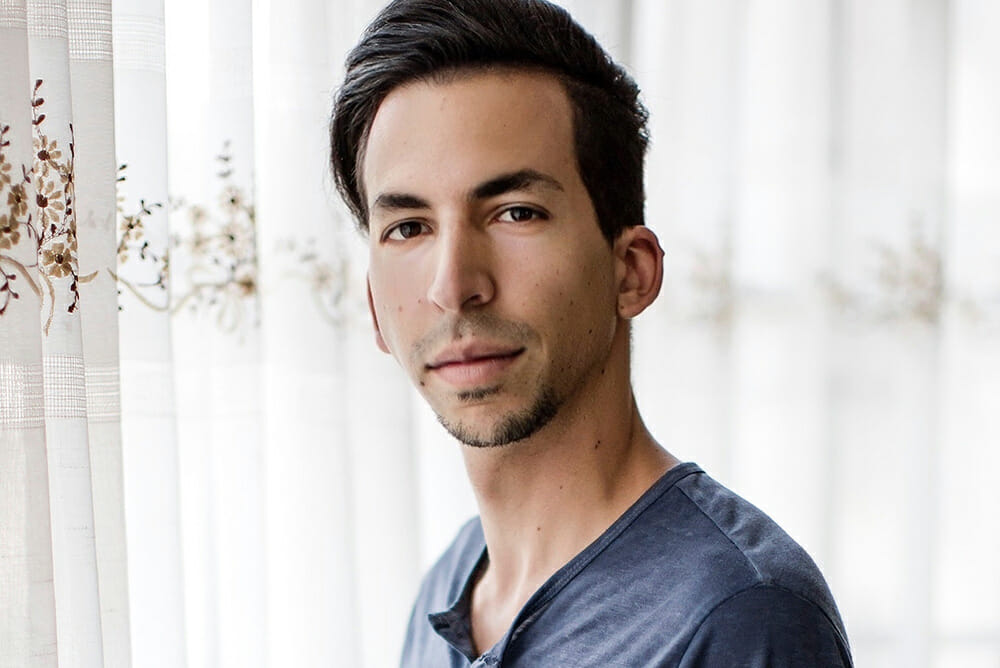
Save the Baby Elephants
AFP
Reteti Elephant Sanctuary in Kenya has been overwhelmed with rescue operations. As baby elephants try to follow their mothers across lands parched by the worst drought in 40 years, they are sometimes abandoned or lost. “The land is dry as we have never seen before and adult animals are either dying or abandoning their breed.” With striking photos that take viewers on an emotional rollercoaster, photojournalist Luis Tato captures both the heart-rending sadness of a dead elephant’s carcass beneath a barren tree, as well as the incredible intimacy between elephant calves and their human keepers at the rescue sanctuary. As the workers feed, play with, and watch over the baby elephants, their commitment to and love for the animals shines through.

The Dying River
Distribution by Panos Pictures to Newsweek Japan, Stern Magazine, and more
The Colorado River once stretched more than 2,000 kilometers, from the snow-capped slopes of the Rocky Mountains to the Gulf of California. But since the 1980s, the river has been drying up, partly due to less snowfall in the mountains as a consequence of climate change. Over 44 million people depend on the river for water, and there’s an increasing struggle for water rights to meet the demands of agriculture and metropolitan areas. Freelance photojournalist Jonas Kakó wields evocative photographs rather than numbers to tell the story. Focusing on the people affected by the decline in river flow and the diversion of water, he captures the bleak prospects of local Indigenous communities along the river’s course.
Multimedia
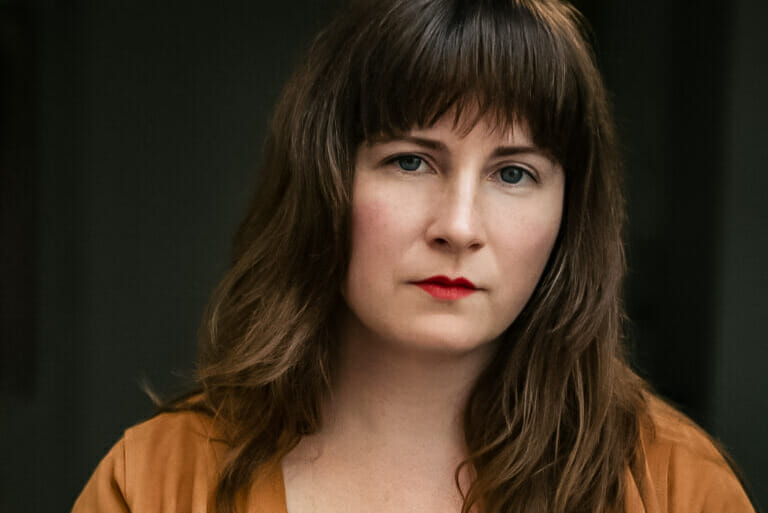
Climate and Punishment
When disasters strike, what happens to people who are incarcerated and cannot flee? Reporter Alleen Brown and research engineer Akil Harris juxtaposed datasets for heat, wildfire, and flood risk with a federal index of more than 6,500 prison facilities across the US. They found that many facilities were already feeling the squeeze of a changing climate — with prisoners left to suffer in smokey, sweltering, and flooded cells. Across multiple stories, a documentary video, a podcast, and more, Brown and Harris offered a harrowing, urgent picture. Judges were particularly impressed with efforts to make their data publicly available and accessible, empowering other journalists and interested parties to pick up the story where they left off. This is public-service journalism of a high order.
Engagement

Environmental Justice Engagement in the US South
See the project: here, here, here, and here
One judge referred to this entry as a master class in engagement journalism. A nonprofit media company founded to serve communities facing climate injustice in the American South, Southerly built strong relationships with local organizations to ensure that the stories they published were useful and sourced from local knowledge. Through an innovative training program, reporter Lindsey Gilpin shared news gathering skills, giving local people agency and providing access to critical information. Southerly’s projects in multiple states combined a focus on engaging the community with a commitment to build the community’s capacity to report and distribute information relevant to its members.
Emerging Journalists of the Year

Alejandro de la Garza
Alejandro de la Garza joined TIME just over four years ago, rapidly progressing from intern to staff writer and carving out his beat covering the clean energy transition with a mix of in-depth reporting, analysis, and profiles. A judge noted: “Covering new funding for electric school buses, de la Garza put the day’s news in perspective by bringing attention to an overlooked aspect of President Biden’s Infrastructure Plan.” His timely piece about Margaret Klein Salamon brought her name into the mainstream as the woman funding the radical climate activists throwing food at art. His exclusive reporting on how the Army Corps of Engineers bent the rules to better protect New Orleans from hurricanes was referenced in a 2022 FEMA National Preparedness Report.
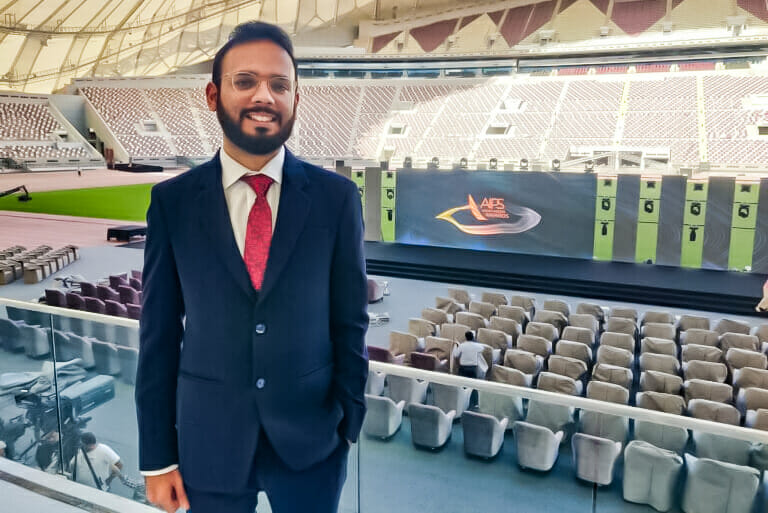
Sanket Jain
See his work here, here, here, and here
Sanket Jain is an independent journalist and documentary photographer based in Western India’s Maharashtra state. Since August 2019, he has been reporting on the intersection of climate change, agriculture, and public health. He submitted stories about climate change leading to a rise in bonded labor, the rarely covered topic of mental health impacts of climate change, and how the climate crisis particularly affects women and health workers. One judge said: “I love Jain’s writing! His creative and engaging stories show great boots-on-the-ground reporting.” Jain has a talent for finding interesting angles, such as a story on how athletes are impacted by recurring floods and heat waves. Commenting on the photographs in the article, one judge said: “Jain is able to work visually as well as with text producing striking human-focused photographs.” Jain’s work largely appears in alternative media including PARI, an interesting media collective that generates and hosts reporting on the Indian countryside.
Student Journalists of the Year

Cameron Oglesby
See her work here, here, and here
Cameron Oglesby is a multimedia storyteller who centers Black and Indigenous narratives in mainstream environmental and climate reporting. Recently graduated from Duke University’s Sanford School of Public Policy, Oglesby already made significant headway as a journalist while still in college, publishing her work in such outlets as Grist, Southerly, and Environmental Health News. Oglesby submitted two very different Grist pieces for the judges’ consideration. One explored the generational rift over “intersectional environmentalism,” and the other reported on the use of Navajo lands to generate power for Los Angeles even as 15,000 Navajo households didn’t have electricity. One judge said: “Cameron’s work is excellent, important, clearly written, and covering under-covered topics.” Oglesby is an Uproot Project Environmental Justice Reporting Fellow and an Op-Ed Project/Yale Public Voices Fellow on the Climate Crisis.

Kate Selig
Kate Selig has been building an impressive career in climate journalism throughout her student years at Stanford University, where she served as editor-in-chief of The Stanford Daily. She spent the summer of 2022 working for the Boston Globe and, when the summer’s first heatwave struck, was sent to get the story from Chinatown. One judge said: “Kate’s story on Chinatown is lights out! It has a great lede, and I love the energy each character brings into the piece as the story expands from home to business to street, and from the elderly to young.” Selig also did stories on longer-term threats of climate change and on what one expert called “the embarrassment” that Massachusetts didn’t have a state climatologist. In 2023, she was an intern on the San Francisco Chronicle’s climate team and also interned as a climate and environment reporter for The Washington Post.